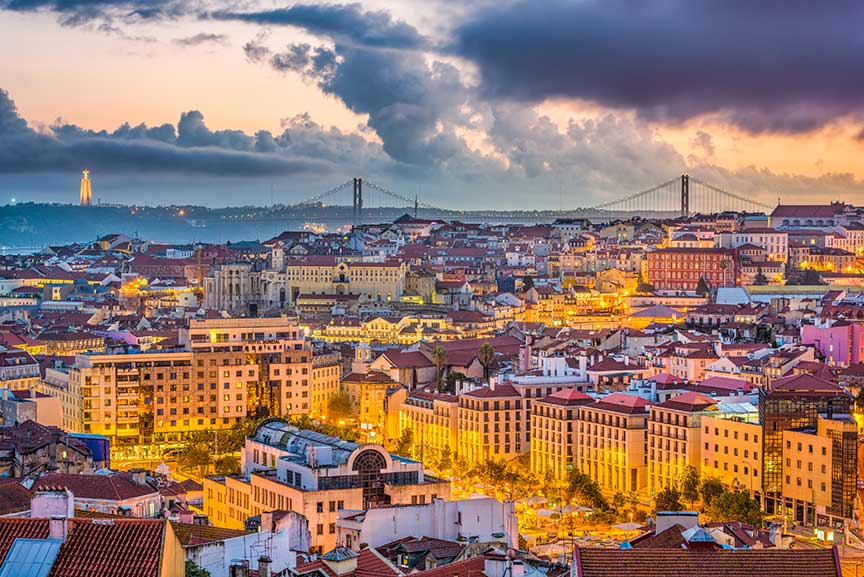1986 Portugal and Spain Join the Common Market

Lisbon Skyline
Mikhail Gorbachev called for multi-party representation in local elections within the Soviet Union. The multi-party elections brought the first taste of democracy to the Soviets. He also instituted a series of economic reforms that slowly began to transform the Soviet economy..
In 1986, Mikhail Gorbachev, the General Secretary of the Communist Party of the Soviet Union, initiated a series of reforms to address the political, economic, and social stagnation that had plagued the USSR for decades. These reforms, collectively known as "glasnost" (openness) and "perestroika" (restructuring), sought to revitalize the Soviet system by introducing elements of political pluralism, economic liberalization, and greater transparency in governance.
As part of these reforms, Gorbachev advocated for multi-party representation in local elections within the Soviet Union, which marked a significant departure from the one-party system that had dominated the country since the 1920s. This move towards political pluralism signaled a willingness to tolerate a limited degree of political diversity and open debate within the Soviet Union, although the Communist Party remained the dominant force in the country's politics.
The push for multi-party representation in local elections stemmed from Gorbachev's belief that greater political competition would lead to more efficient governance, foster civic engagement, and help address the widespread dissatisfaction with the Communist Party's rule. To facilitate these changes, Gorbachev introduced a series of constitutional amendments and legislative reforms that, among other things, allowed for the establishment of independent political organizations and enabled non-Communist Party candidates to run in local and regional elections.
 >
>